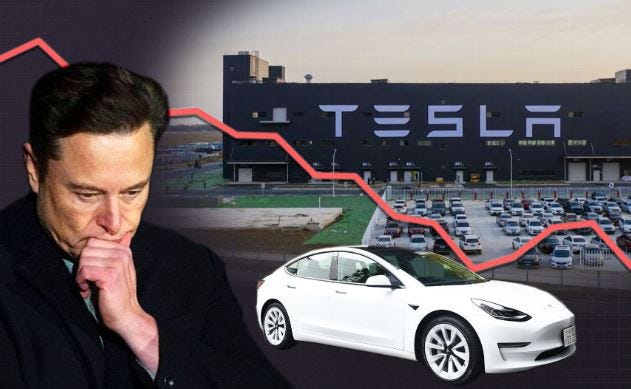Could Tesla Go Bankrupt? The Odds Are Rising
With Tesla's "Next-Gen" compact EV on the back burner, its aging Models 3 & Y will drag down earnings with increasing needs for price cuts. Cash could run out.
This report is made up of 6 sections as outlined below:
Section 1: Weak Product Pipelines Have Doomed Carmakers in the Past
Section 2: Model 2 Pushout Implies Failure to Cut Costs and Leaves Tesla Without a New Product
Section 3: How Other Carmakers Went Bankrupt & Similarities at Tesla
Section 4: What About All of the Cash That Tesl…
Keep reading with a 7-day free trial
Subscribe to Motorhead to keep reading this post and get 7 days of free access to the full post archives.



